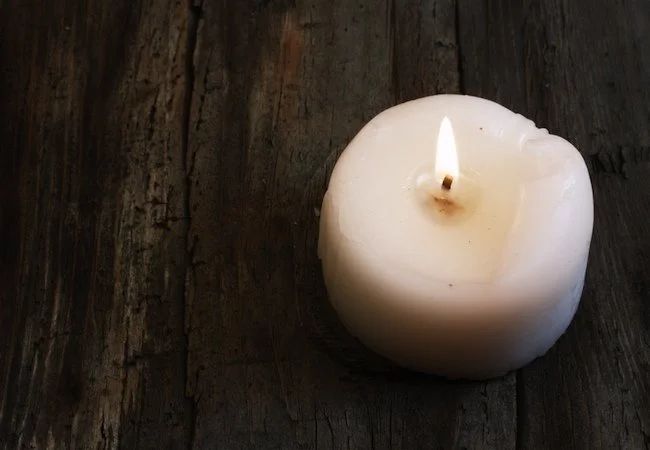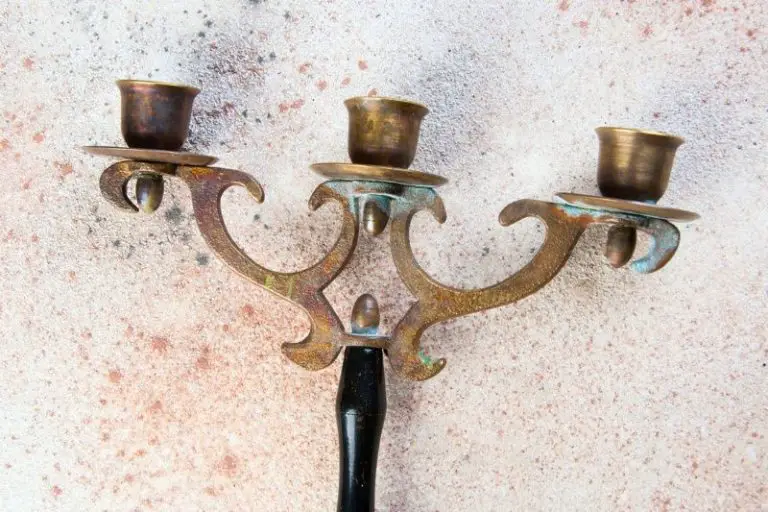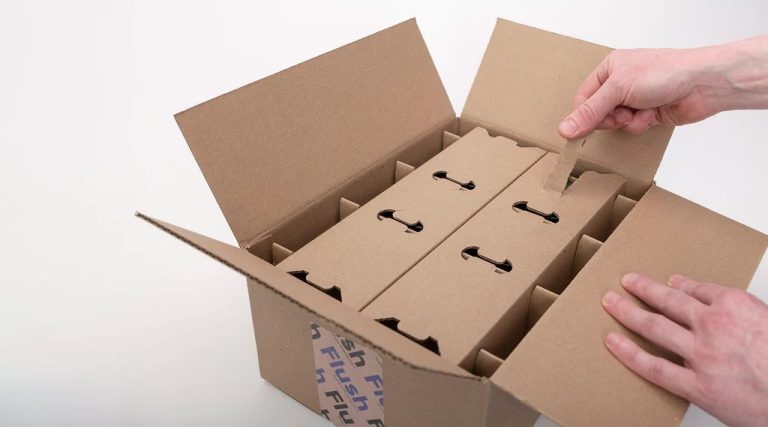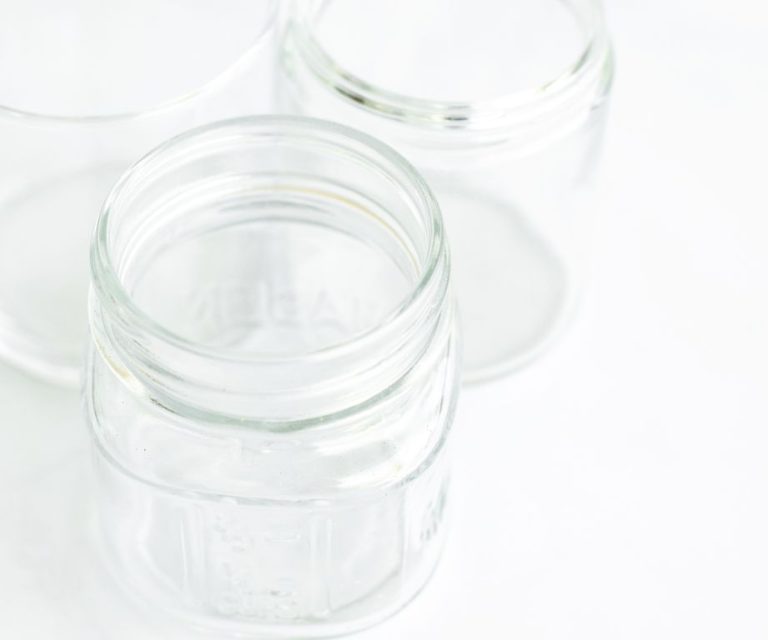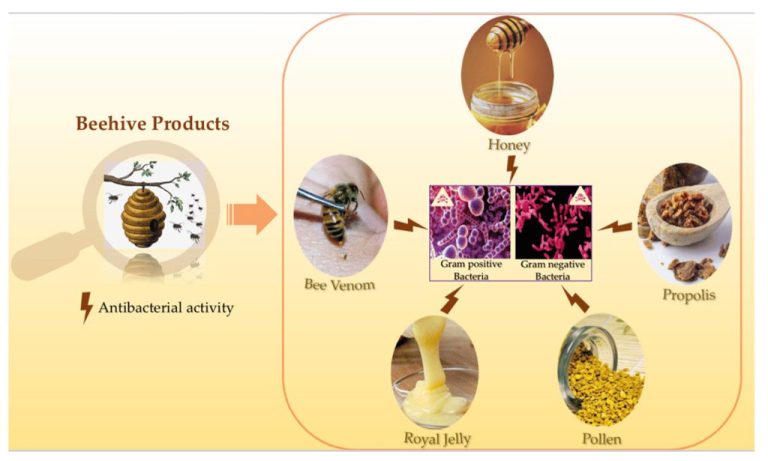Why Do Candle Jars Go Black?
Many candle users have observed that over time, the glass jar or container their candle is housed in can turn black on the interior surfaces. This blackening is caused by soot deposition on the jar from the candle’s flame. The purpose of this article is to explain what causes this soot buildup, the mechanics of how it sticks to the glass, and provide tips on prevention and cleaning.
Wax Burning Process
When a candle is lit, the heat from the flame melts the solid wax near the wick. As the wax melts, it transforms from a solid to a liquid which is then absorbed up the wick through capillary action. This capillary action allows the liquid wax to travel up the wick where it vaporizes and sustains the flame. The heat of the flame causes the liquid wax molecules to break down into a gas which provides the fuel for the flame. As the wax vaporizes, it releases hydrocarbons which react with oxygen to produce heat, light, water vapor, and carbon dioxide. The candle continues burning as long as there is liquid wax available to travel up the wick and vaporize (https://candles.org/candle-science/).
Soot Formation
When a candle burns, the wax melts and is drawn up the wick where it vaporizes at the flame. Here, the wax vapors undergo combustion and react with oxygen to produce heat, light, water vapor, and carbon dioxide. However, incomplete combustion can occur if there is insufficient oxygen or if the flame temperature is too low. This incomplete burning of the wax produces tiny particles of unburnt carbon, which is the black soot or carbon dust we see deposited on candle jars and elsewhere.

According to Harlem Candle Company, all candles produce some soot from incomplete combustion, but the amount and appearance varies based on the wax composition and additives. Candles with lots of dyes, fragrance oils or impurities tend to soot more because these disrupt the normal wax combustion process. The soot particles then float up in the convection current of the flame and land on any nearby surface – the candle jar, lampshade, ceiling, etc. Properly adjusting the wick can help the candle burn more completely and produce less soot.
Soot Deposition
As the candle burns, soot particles are produced from incomplete combustion of the wax and wick. These tiny black carbon particles become airborne in the heat plume above the flame. As they rise, they cool and lose velocity, causing them to settle out of the air. The soot particles fall onto surfaces around the candle, sticking to the inside of the glass jar (Harlem Candle Company).
The inside surface of the candle jar is directly exposed to the heat plume and air currents above the flame. This makes it an ideal place for airborne soot particles to condense and accumulate. With prolonged burning, the deposition of soot particles on the glass builds up over time, creating a black, opaque coating on the inner jar surface (Hotel Lobby Candle).
The amount of soot produced and deposited depends on several factors like wax composition, wick type, jar shape and more. But in general, as the candle burns down, soot particles will settle on the exposed glass surfaces closest to the flame.
Jar Material and Coating
The material and coating of the candle jar can impact how much soot builds up. Glass jars tend to accumulate less soot than plastic jars because glass has a smoother surface. Plastic jars can be more porous, allowing soot particles to get trapped in tiny grooves and indentations.
Coated jars also resist soot buildup better than uncoated jars. The coating fills in microscopic pores, creating a smoother surface that soot has difficulty sticking to. According to research from the Harlem Candle Company, coated jars like their frosted and satin-finished jars resist sooting and allow the candle to burn cleaner.
Uncoated glass jars without any surface treatment provide the least protection against soot. The tiny defects and variances in the glass surface give soot ample places to accumulate. Over time, enough carbon deposits on the interior jar walls to turn them dark or black.
Burn Time and Conditions
The amount of time a candle burns for and the airflow conditions impact the level of soot produced and deposited on the jar. Research shows that longer burn times lead to increased soot buildup in candle jars (https://beyerairconditioningheating.com/how-candles-affect-indoor-air-quality/). This is because the longer the flame is burning, the more soot particles are generated from incomplete combustion of the wax and fuels. These particles can then accumulate on surfaces like the jar.
Still, stagnant air also contributes to more soot depositing on the jar rather than being dispersed (https://onlinelibrary.wiley.com/doi/full/10.1111/ina.12909). When airflow around the candle is limited, the soot particles linger near the flame and accumulate on the jar surface. In contrast, good airflow circulates the particles away from the jar, reducing buildup. Therefore, burning a candle for prolonged periods in a small enclosed space with little ventilation leads to heavy soot deposits inside the jar.
Wick Trimming
The length of the candle’s wick plays an important role in soot production. When a wick is too long, it tends to burn hotter, causing the candle wax to liquefy faster than the wick can absorb it. This excess melted wax vaporizes and leads to incomplete combustion, resulting in more soot production.
Experts recommend trimming the wick to 1⁄4 inch before each use to prevent soot buildup. This allows the wax to melt at an ideal rate relative to the wick size.
Per Spoken Flames, “Soot is released as a byproduct of incomplete combustion when too much wax is pulled through the wick. It looks like black puffs of smoke coming off the tip of the flame.” Proper wick trimming helps control the rate of wax melting and reduces soot.
In contrast, an overly long wick causes faster wax melting, incomplete burning, and increased soot release. Trimming the wick to the right size for the candle diameter allows for the cleanest, fullest burn.
Fragrance and Dyes
Note that added fragrances and dyes can increase soot. According to https://candles.org/elements-of-a-candle/colorants/ fragrance and dye chemicals can react with heat and other agents in the candle wax during burning. This can slightly alter colors, but also contribute to soot formation.
Synthetic fragrances and dyes also give off VOCs that are potentially dangerous and harmful to human health according to https://www.iqair.com/us/newsroom/hidden-dangers-scented-candles. Choosing natural soy wax candles with essential oil fragrances can reduce the soot and VOC output.
Cleaning Methods
There are a few effective methods for cleaning soot off of candle jars:
Gently scrape off any loose soot with a plastic scraper or old credit card. Avoid using anything abrasive that could scratch the glass. According to bfactory.ca, pouring a small amount of vegetable oil into the jar and rubbing it into the soot with a cloth can help loosen stubborn deposits.
Make a cleaning solution of warm water, dish soap, and vinegar. Soak a soft cloth in the solution and scrub the jar. The vinegar helps cut through wax residue. Allow the jar to soak if needed. Rinse thoroughly and dry.
For tough soot stains, make a paste with baking soda and water. Apply the paste and let sit for 5-10 minutes before scrubbing and rinsing. Baking soda is a mild abrasive that can help lift soot without scratching.
Isopropyl alcohol or diluted rubbing alcohol can also be effective for cleaning the glass. Pour some onto a soft cloth and rub stained areas. Be sure to thoroughly rinse and dry the jar afterwards.
Avoid using harsh chemicals or abrasive pads, as they could damage the glass over time. With the right gentle cleaning methods, candle jars can be restored to look clean and new.
Prevention Tips
There are several effective ways to prevent excessive soot buildup when burning candles:
Trim the wick to 1⁄4 inch before lighting and trim again after each use. Long wicks produce more soot, so keeping them trimmed will reduce residue (Source).
Allow adequate ventilation around the candle by avoiding tight enclosed spaces. Open windows or burn the candle in a well-ventilated room (Source).
Move the jar away from walls, furniture, and other surfaces. Keeping a 4-6 inch gap reduces soot buildup in the surrounding area.
Use a candle lamp or lid to contain the flame. The contained heat helps the wax pool and burn more evenly.
Avoid drafts from fans, vents, or open windows which can disrupt the flame. Disrupted flames tend to produce more soot.
Burn the candle for 1-2 hours at a time and extinguish it when 1⁄2 inch of wax remains. Longer burn times can lead to increased soot.
Choose containers made of clear glass rather than colored, painted, or coated glass. Clear glass shows the soot accumulation and helps monitor the wick height.

